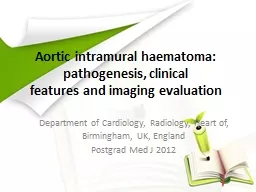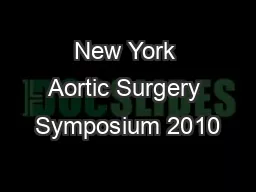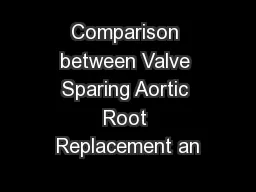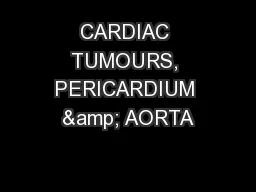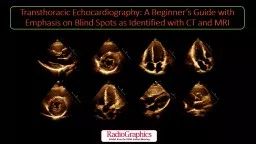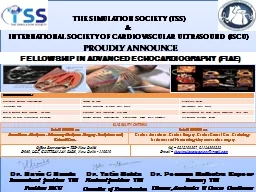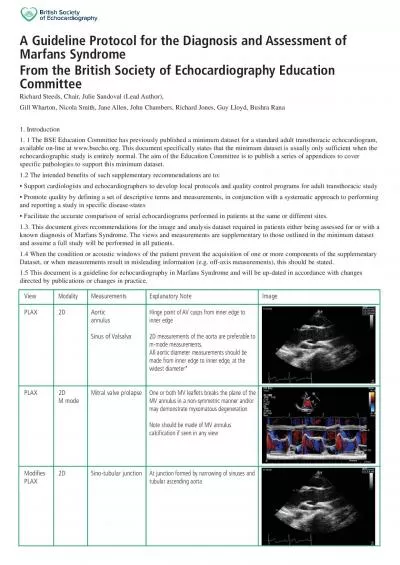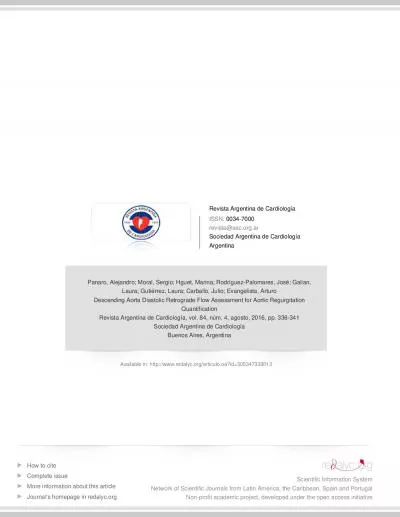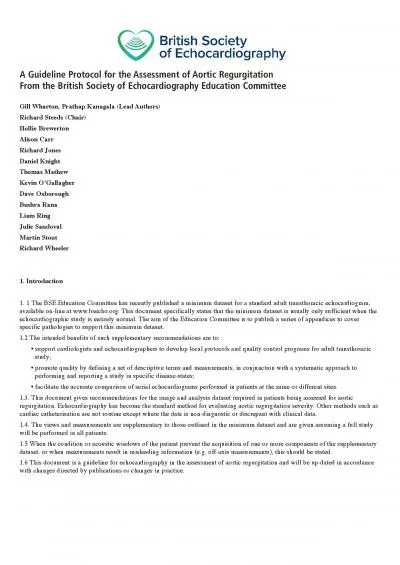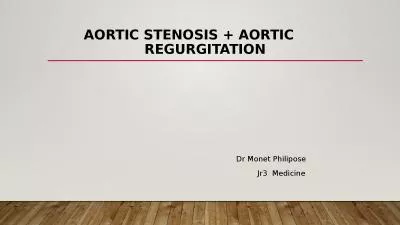PDF-Guideline Protocol for the Assessment of Aortic for Echocardiography i
Author : claire | Published Date : 2022-08-16
PAGE9 Facilitate the accurate comparison of serial echocardiograms performed in patients at the same or different sites13 This document gives recommendations for
Presentation Embed Code
Download Presentation
Download Presentation The PPT/PDF document "Guideline Protocol for the Assessment of..." is the property of its rightful owner. Permission is granted to download and print the materials on this website for personal, non-commercial use only, and to display it on your personal computer provided you do not modify the materials and that you retain all copyright notices contained in the materials. By downloading content from our website, you accept the terms of this agreement.
Guideline Protocol for the Assessment of Aortic for Echocardiography i: Transcript
Download Rules Of Document
"Guideline Protocol for the Assessment of Aortic for Echocardiography i"The content belongs to its owner. You may download and print it for personal use, without modification, and keep all copyright notices. By downloading, you agree to these terms.
Related Documents


